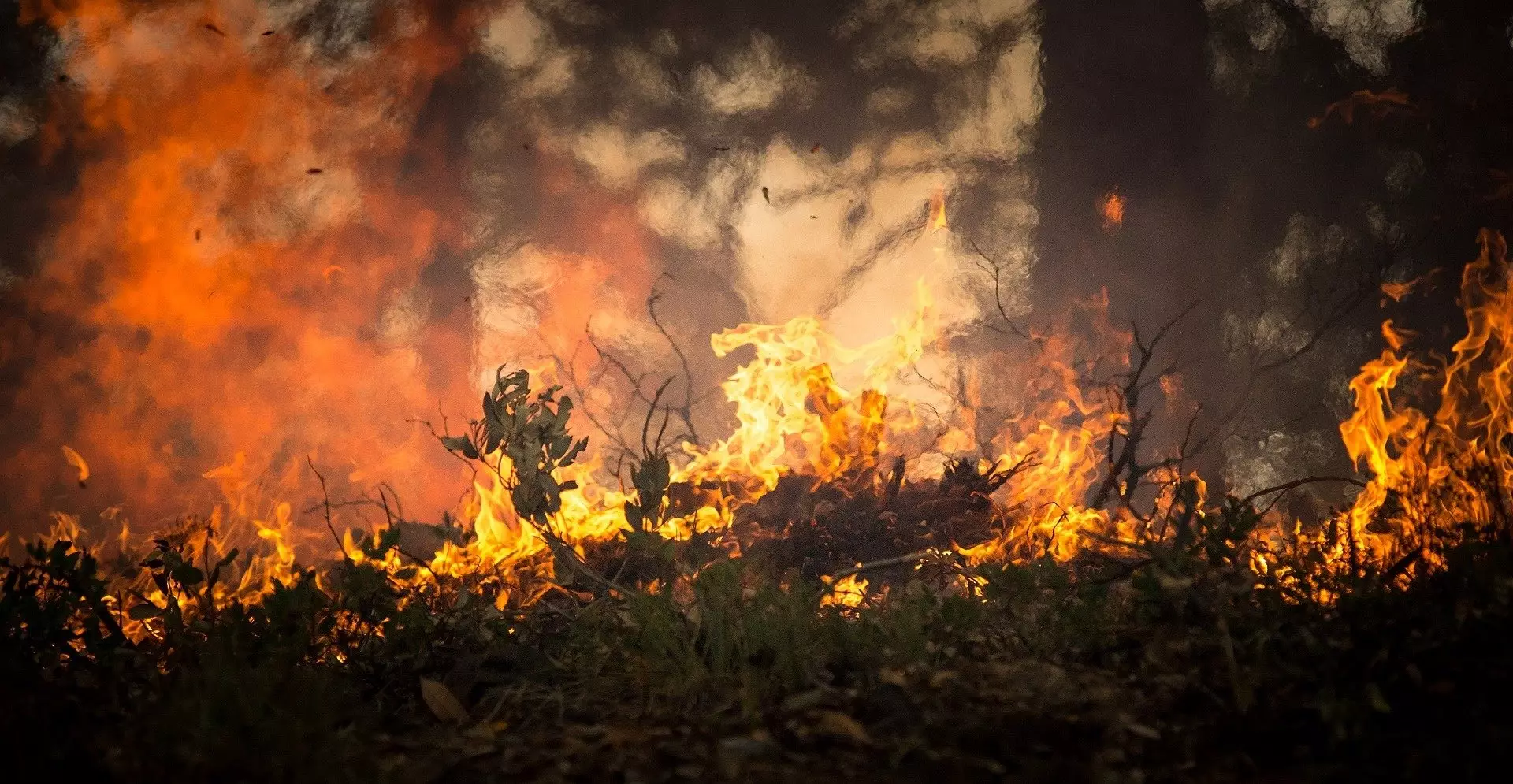The climate crisis has revealed its multifaceted nature, significantly affecting various regions of the world. South America is experiencing alarming shifts, with a notable surge in extreme weather phenomena. Recent research demonstrates that the number of days each year characterized by extreme heat, dryness, and high fire risk has tripled in some parts since 1970. While this subcontinent is warming at a rate comparable to the global average, specific areas face acutely higher risks due to the convergence of these multiple climate extremes. It is essential to comprehend the implications of these compound extremes, which pose significant threats to ecosystems, economies, and public health.
A collaborative study led by Raúl Cordero and his team meticulously calculated instances of simultaneous hot, dry, and flammable conditions across South America from 1971 to 2022. By utilizing extensive data sets, including daily maximum temperature records, averaged rainfall over 30 days, and the daily fire weather index, their findings illustrate a concerning upward trend in the frequency of these extreme events. Regions such as the border area between Venezuela and Colombia, the northern Amazon, and the northern Rio de la Plata basin have seen particularly staggering increases—from fewer than 20 days annually to upwards of 70.
The researchers assert that not only has the frequency escalated, but there has also been considerable variability from year to year, underscoring the unpredictability of these events over the past fifty years. This inconsistency can be partially attributed to climatic phenomena such as the El Niño-Southern Oscillation. The study reveals that during the warmer El Niño phase, the northern Amazon faces heightened fire risks, while regions in central South America become more vulnerable during the cooler La Niña period. Such complex interactions highlight a pressing need for nuanced understanding and proactive management to mitigate these risks.
The ramifications of intensified fire activity and dry conditions are profound, particularly for rural and indigenous populations who often lack the resources and infrastructure to adapt effectively. Increased fire events not only threaten local ecosystems but also pose severe public health risks by releasing black carbon into the atmosphere, further contributing to global warming. The cumulative effects of these climate extremes underscore the urgent need for targeted policy interventions.
The findings of this research serve as a clarion call for policymakers in South America. There is a critical need for enhanced focus on developing adaptive strategies that specifically address the compounded risks of extreme weather conditions. Policymakers must prioritize efforts to protect vulnerable populations and mitigate the broader impacts of climate change. This could include investing in sustainable practices, improving infrastructure resilience, and fostering community awareness and preparedness.
As South America grapples with the stark realities of climate change, collective action and informed policies will be crucial in safeguarding both the environment and the people who inhabit it. By prioritizing research, community involvement, and proactive legislation, the region can work towards a more sustainable and resilient future in the face of worsening climate extremes.


Leave a Reply